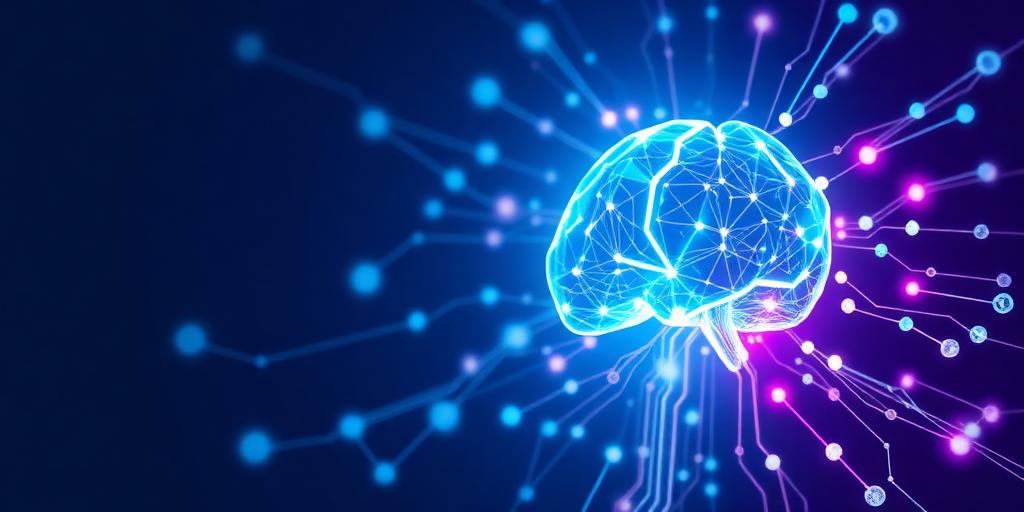Artificial Intelligence (AI) has rapidly transitioned from science fiction to a pervasive force shaping our daily lives and industries. From recommending your next favorite show to powering advanced medical diagnostics, AI's influence is undeniable. But what exactly is this transformative technology that continues to redefine possibilities? This article provides a clear, authoritative explanation of AI, demystifying its core concepts and applications.Defining Artificial Intelligence: The Core ConceptAt its essence, Artificial Intelligence refers to the simulation of human intelligence in machines that are programmed to think, learn, and solve problems like humans. It's not about creating consciousness, but rather about equipping systems with the capacity to perform tasks that typically require human cognitive abilities. These abilities include learning from data, recognizing patterns, making decisions, understanding language, and even perceiving the visual world. Understanding AI technology begins with recognizing this fundamental principle: the replication of human-like cognitive functions by machines.How AI Systems Operate: A Simplified OverviewThe mechanics behind AI might seem complex, but the underlying principles are often straightforward. Most AI systems operate by processing vast amounts of data to identify patterns and make predictions or decisions. This process typically involves:Data Input: AI algorithms are fed immense datasets – images, text, numbers, sounds – to learn from. The quality and quantity of this data are crucial for effective learning.Pattern Recognition: Through advanced statistical models and computational techniques, AI identifies correlations and structures within the data. This is where AI explained simply connects to its predictive power.Learning and Adaptation: Unlike traditional software, AI systems can adapt. They learn from their experiences, continually refining their models to improve performance over time. This iterative learning is a cornerstone of modern AI.Decision Making/Prediction: Based on learned patterns, the AI system can then generate outputs, make classifications, offer recommendations, or even control robotic actions.Key Branches of AI: A Glimpse into its DiversityAI is not a monolithic entity; it encompasses several specialized fields, each tackling different aspects of intelligent behavior:Machine Learning (ML): Perhaps the most prominent branch, ML enables systems to learn from data without explicit programming. Algorithms are trained on data, allowing them to make predictions or decisions.Deep Learning (DL): A subfield of ML that uses neural networks with multiple layers (hence "deep") to analyze data. Deep learning powers complex tasks like image recognition and natural language understanding.Natural Language Processing (NLP): Focuses on the interaction between computers and human language, allowing machines to understand, interpret, and generate human speech and text. Think virtual assistants and translation software.Computer Vision: Equips machines with the ability to "see" and interpret visual information from the world, much like humans do. This is critical for self-driving cars, facial recognition, and medical imaging.Robotics: Integrates AI into physical machines, enabling them to perceive their environment, move, and perform tasks autonomously or semi-autonomously.AI in Action: Real-World ApplicationsThe impact of AI is visible across countless domains, demonstrating how AI works for beginners and experts alike:Personal Assistants: Voice assistants like Siri, Alexa, and Google Assistant leverage NLP to understand commands and provide information.Recommendation Systems: Platforms like Netflix, Spotify, and Amazon use AI to analyze your preferences and suggest new content or products.Healthcare: AI aids in diagnosing diseases earlier, developing new drugs, and personalizing treatment plans.Finance: Fraud detection, algorithmic trading, and personalized financial advice are increasingly powered by AI.Autonomous Vehicles: Self-driving cars rely heavily on computer vision and machine learning to navigate and make decisions safely.The Future Landscape of Artificial IntelligenceAs AI continues to evolve, its capabilities will undoubtedly expand further. The ongoing advancements promise to unlock new solutions for global challenges, enhance efficiency across industries, and fundamentally change how we interact with technology. From advanced scientific discovery to personalized education, the potential of AI is immense, urging continuous exploration and responsible development.ConclusionArtificial Intelligence represents a monumental leap in technological advancement, empowering machines with the capacity for intelligent behavior. While complex in its implementation, the core concept of simulating human cognitive abilities for problem-solving is remarkably straightforward. By understanding the basics of artificial intelligence and its diverse applications, we can better appreciate its current impact and prepare for the transformative innovations yet to come. This foundational knowledge is crucial for navigating an an increasingly AI-driven world.
BREAKING
What is Artificial Intelligence (AI)? A Simple Explainer
Demystify Artificial Intelligence (AI) with our authoritative explainer. Learn its core concepts, how AI systems operate, key branches like ML and NLP, and real-world applications. Understand this transformative technology simply.
10 September 2025

What is Artificial Intelligence (AI)? A Simple Explainer








